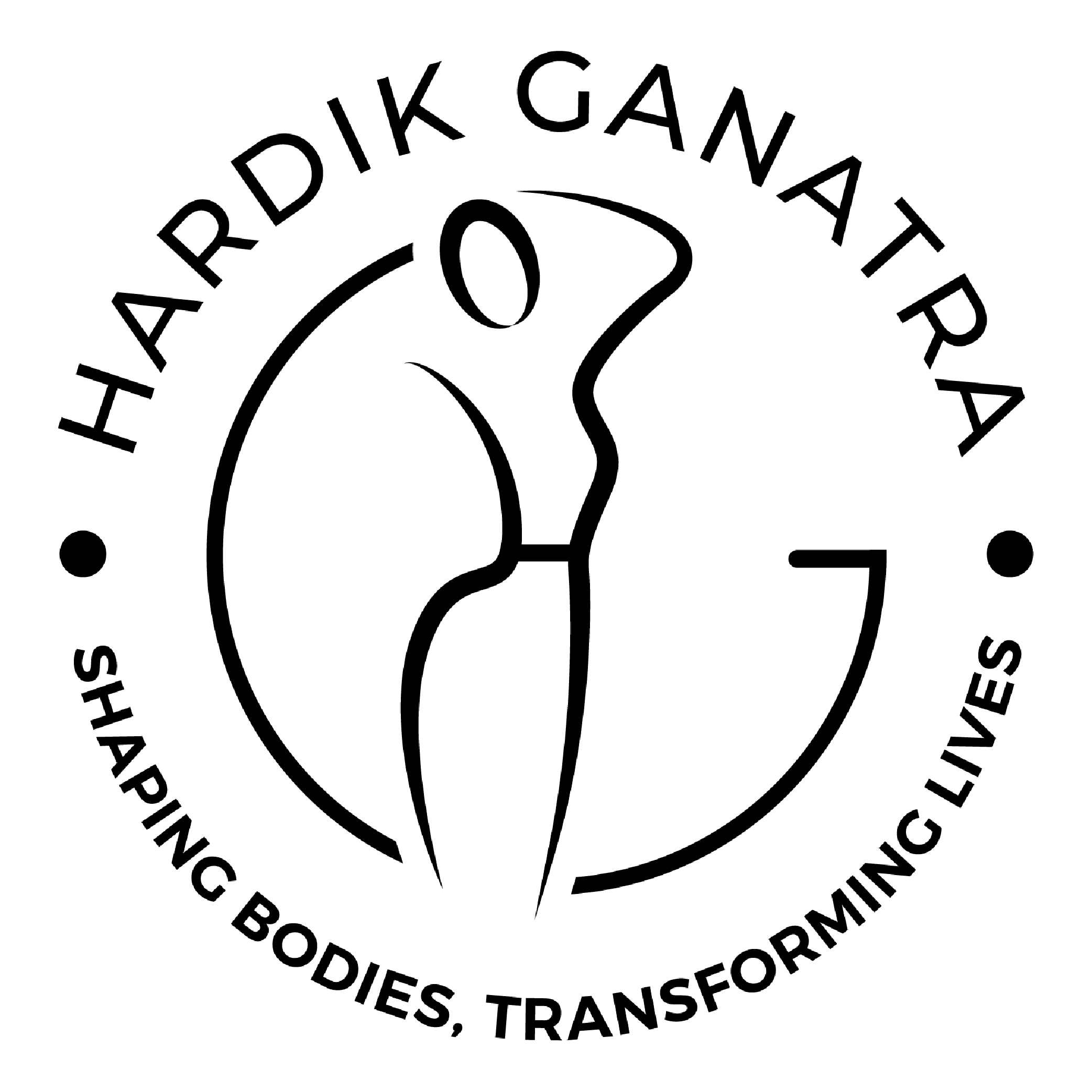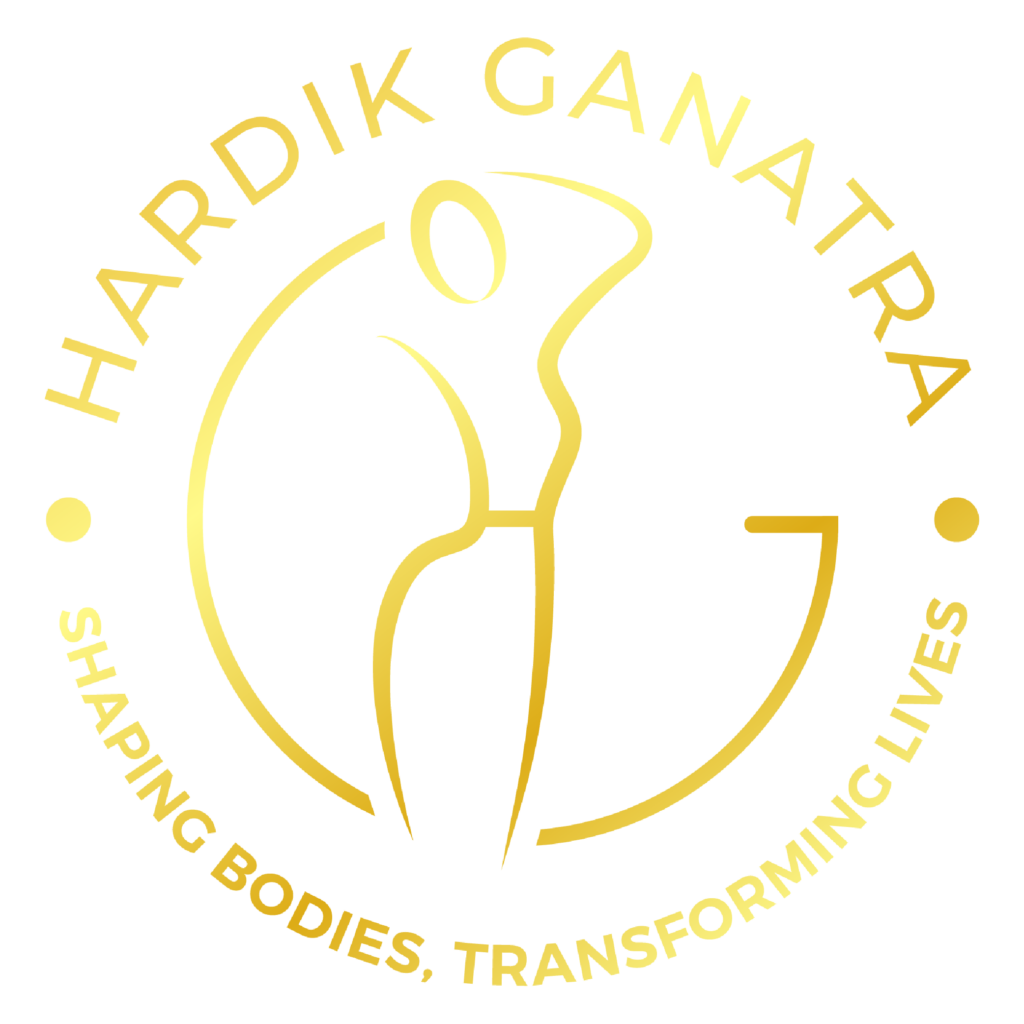Breast
Procedures
Breast procedures
Breast surgery encompasses a range of procedures designed to alter the size, shape, or position of the breasts for cosmetic enhancement, reconstructive purposes, or improved physical comfort. Understanding the intricate details of each option is crucial for informed decision-making. Here’s an in-depth look at the most sought-after breast surgical procedures, optimized for clarity and search visibility.
Breast Augmentation with Implants (Augmentation Mammaplasty)
Definition: The most common cosmetic surgery worldwide, breast augmentation uses implants to increase breast size, improve symmetry, and restore volume lost after pregnancy/weight loss.
Goal: Increase volume, enhance shape, improve upper pole fullness, achieve better breast proportionality.
Candidates: Women with naturally small breasts, volume loss post-pregnancy/breastfeeding, significant asymmetry, or reconstructed breasts seeking larger size.
Implants:
Silicone Gel Implants: Filled with cohesive silicone gel (feeling more like natural breast tissue). Require FDA-approved MRI screenings periodically (starting 5-10 years post-op) to monitor for silent rupture. Available in various shapes (round, teardrop/anatomical) and profiles (projection).
Saline Implants: Filled with sterile saltwater solution after placement. Offer adjustable volume. If ruptured, saline is harmlessly absorbed, causing noticeable deflation. Tend to feel firmer than silicone.
Surgical Details:
Incision Options: Inframammary (crease under breast – most common), Periareolar (around lower nipple edge), Transaxillary (armpit), Transumbilical/TUBA (belly button – saline only).
Implant Placement: Subglandular (under breast tissue, over muscle), Submuscular/Subpectoral (partially under chest muscle – reduces capsular contracture risk, better mammogram imaging), Dual Plane (combination, often used).
Procedure: General anesthesia. Surgeon makes incision, creates a precise pocket, inserts and positions implant, checks symmetry, closes incisions. Duration: 1-2 hours.
Recovery: Compression garment, limited arm movement initially. Discomfort, swelling, bruising 1-2 weeks. Most resume light work in 1 week, strenuous activity in 6 weeks. Implants “settle” over several months.
Key Considerations: Implant choice (size, type, shape, profile), incision location, placement plane, surgeon expertise, long-term monitoring (especially silicone), potential for revision, capsular contracture risk.
Breast Lift with Implants (Augmentation Mastopexy)
Definition: Combines a breast lift (mastopexy) to correct sagging (ptosis) with implant placement to restore lost upper pole fullness and volume simultaneously.
Goal: Elevate sagging breasts, improve nipple position, restore volume and shape, enhance overall breast projection and firmness.
Candidates: Women with significant breast drooping AND loss of volume who desire both elevation and increased size/fullness.
Surgical Details:
Combined Approach: Involves both the tissue resection/reshaping techniques of a mastopexy AND the implant placement steps of an augmentation. Often uses anchor or lollipop incision patterns.
Sequence: Typically, the lift component (tissue reshaping, nipple repositioning) is performed first, followed by precise pocket creation and implant insertion. Alternatively, the pocket may be created first in some techniques.
Complexity: Considered one of the more complex breast procedures due to managing two distinct surgical goals on the same anatomy. Careful planning for implant size relative to skin resection is critical.
* *Recovery:* Combines recovery aspects of both lift and augmentation. Longer than either alone. Surgical bra, swelling, bruising, activity restrictions similar to lift but may last slightly longer. Final shape settles over months.
* *Key Considerations:* Addresses both ptosis and volume loss in one surgery, higher complexity than either procedure alone, risk of compromised healing or implant issues due to tension on tissues, potential need for minor revisions, critical surgeon experience.
Breast Augmentation with Fat Transfer (Autologous Fat Grafting)
Definition: Uses liposuction to harvest a patient’s own fat (usually abdomen, thighs, flanks), processes it, and injects it into the breasts to add subtle volume and improve contour.
Goal: Modest increase in size (typically 0.5-1.5 cup sizes), natural contouring, simultaneous body sculpting via liposuction.
Candidates: Women seeking subtle enhancement, improved shape/symmetry, correction of minor deformities, who have sufficient donor fat and realistic expectations. Not suitable for significant enlargement.
Surgical Details:
Liposuction: Fat is gently harvested from donor sites using tumescent liposuction.
Fat Processing: Harvested fat is purified to isolate viable fat cells (adipocytes).
Injection: Processed fat is meticulously injected in small amounts into targeted areas of the breast using specialized cannulas, ensuring survival through adequate blood supply.
Recovery: Compression garments on donor sites. Bruising, swelling in breasts and donor areas for weeks. Some injected fat is naturally absorbed (30-60%); final results stabilize around 3-6 months. Avoid pressure on breasts initially.
Key Considerations: Limited volume gain per session (multiple sessions possible), unpredictable fat survival rate, need for sufficient donor fat, risk of calcifications/benign lumps (mammogram follow-up essential), not a replacement for implants in significant augmentation.
Breast Lift without Implants (Mastopexy)
Definition: Reshapes and elevates sagging breasts by removing excess skin and tightening surrounding tissue to raise the nipple position and create a perkier breast mound. Does not significantly change breast size.
Goal: Correct ptosis (sagging), elevate nipple/areola to a youthful position, reshape drooping or deflated breasts, improve breast contour and firmness.
Candidates: Women with sagging breasts (grades I-III ptosis) who are satisfied with their current breast volume or wish only for reshaping/lifting, not enlargement.
Surgical Details:
Incision Patterns: Determined by degree of sagging:
Crescent: Minor lift, small incision above areola.
Periareolar/Donut: Moderate lift, incision around areola edge.
Vertical/Lollipop: Moderate lift, incision around areola + down to fold.
Anchor/Wise Pattern: Significant lift, incision around areola + vertically down + along inframammary fold (most common for severe ptosis).
Procedure: General anesthesia. Surgeon repositions the nipple-areola complex higher, removes predetermined excess skin, reshapes underlying breast tissue for support and contour, closes incisions. Duration: 1.5-3 hours.
Recovery: Surgical bra support. Swelling, bruising, temporary numbness. Avoid straining or heavy lifting for 4-6 weeks. Scars fade over 1-2 years. Return to work in 1-2 weeks (non-physical).
Key Considerations: Restores youthful shape/position, does not add volume (may appear slightly smaller due to skin removal), scarring is trade-off, long-lasting results but affected by aging/gravity/pregnancy.
Breast Reduction (Reduction Mammaplasty)
Definition: Removes excess breast tissue, fat, and skin to achieve a breast size proportionate to the body, alleviating physical discomfort.
Goal: Reduce size and weight, relieve pain (neck, back, shoulders), improve posture, reduce skin irritation, enhance breast shape and position.
Candidates: Women with macromastia (disproportionately large breasts) experiencing physical symptoms or dissatisfaction with size/shape.
Surgical Details:
Common Techniques: Anchor-shaped (“Wise pattern”) incision (around areola, down vertically, along inframammary fold) or Vertical (“lollipop”) incision (around areola, down vertically). Choice depends on size reduction needed and skin elasticity.
Procedure: General anesthesia. Surgeon removes predetermined amounts of glandular tissue, fat, and excess skin. Nipple-areola complex (NAC) is repositioned higher and typically remains attached to underlying tissue (pedicle) to preserve sensation/lactation potential. Liposuction may supplement. Incisions closed meticulously. Duration: 2-4 hours.
Recovery: Surgical bra worn continuously initially. Drains may be used temporarily. Significant swelling and bruising. Limited upper body movement for weeks. Most return to work in 2-3 weeks (desk job), full activities in 6-8 weeks. Sensation changes possible, scars mature over 1-2 years.
Key Considerations: Highly effective for symptom relief, potential for improved self-image, scarring, changes in nipple sensation/lactation possibility, often covered by insurance if medically indicated.
During your consultation, Dr. Ganatra will evaluate your anatomy, skin quality, goals, medical history, and discuss realistic expectations, risks (infection, bleeding, scarring, asymmetry, changes in sensation, implant-specific risks like rupture/rotation/BIA-ALCL), benefits, and recovery for each option.
Quick Links
"A good plastic surgeon sees beauty in details and brings it to life!"

Dr. Hardik Ganatra
PLASTIC SURGEON

